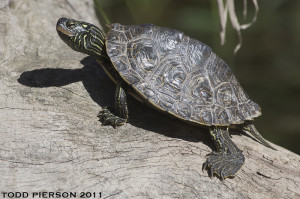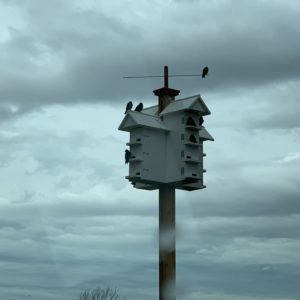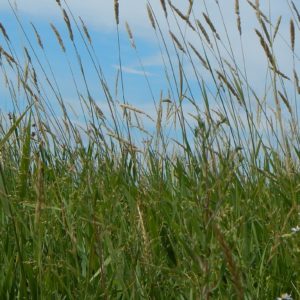Species Spotlight: Northern Map Turtle
Get to know some of the species at risk in the Lac Deschênes IBA with the Species Spotlight, aka “Sp-Spot”. Today meet the: Northern Map Turtle

Photograph by
Todd Pierson
Scientific Name: Graptemys geographica
SARA Status: Special Concern; Ontario: Special Concern; Quebec: Vulnerable
Taxonomic Group: Reptile
Size: Males are much smaller than females. Males typically measure 9 to 15.9 cm in length, while females are 18 to 27.3 cm in length. The head of the female is also proportionally larger than the head of the male.
The northern map turtle is an aquatic species that prefers the clear waters of large rivers or lakes. The carapace of this turtle is decorated with light yellow or tan lines that resemble the contour lines on a map. The edges of their shell are flared, giving the map turtle a hydrodynamic look. It also has a yellow spot behind the eye. These turtles feed almost exclusively on snails, mussels, and insect larvae. Females generally consume more snails and mussels than males because the larger size of their heads makes it easier for them to process this food item. Comparatively, males consume more insect larvae.
Like other freshwater turtle species, the northern map turtle hibernates during the winter months. Because they are intolerant to the low availability of oxygen typical of most hibernation sites, their choice of overwintering site is more limited than that of other species. Consequently, these turtles will usually hibernate in large groups in the few locations where oxygen remains available throughout the winter season. In the spring, large groups of map turtle can be seen basking nearby their overwintering site. Later in the warm season, they will disperse into the surrounding lakes and rivers.
Where Else Can You See This Species?
The northern map turtle is found in southeastern Québec and Ontario and in northern Vermont in the St-Lawrence watershed. The western limit to their distribution is the Appalachians, and the southern limit is Kansas.
Did you know?
• This species exhibits extreme sexual size dimorphism which means that the females are much larger than the males.
• The difference in size between males and females is accompanied by a difference in age when the turtles reach sexual maturity. On average, females become mature 5 to 10 years later than the males.
Check back every week to read about a different species at risk that can be found in Lac Deschênes.
You can report sightings of this and other rare species to the Canadian Wildlife Service at (819) 997-2800 or on the MNR Natural Heritage Information Centre website. A photo and a location are very helpful!
We would like to thank our guest blogger Julie Châteauvert for this post. Julie is a biologist from Gatineau Québec who is interested in herpetology and natural history.




